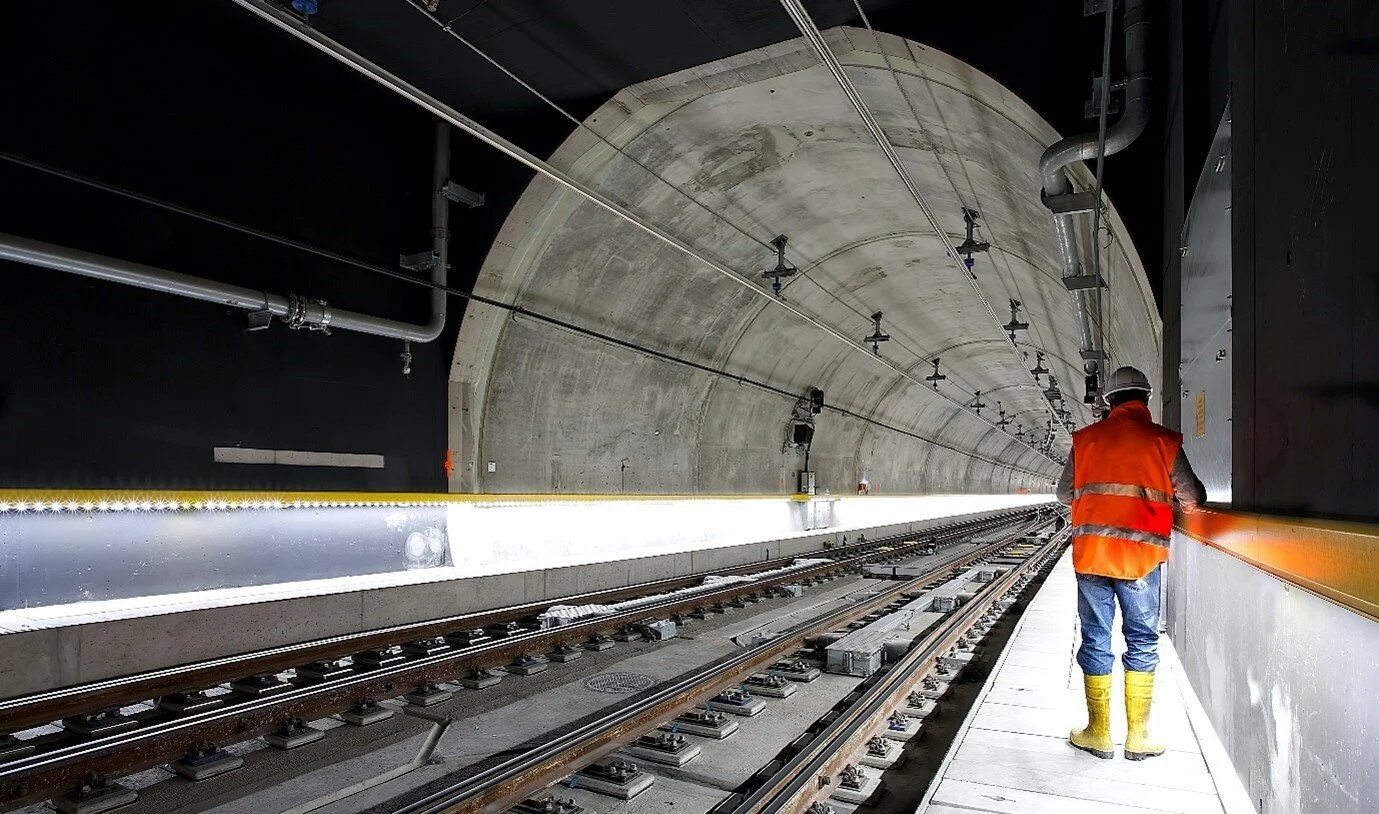DIGITISATION OF THE ENGINEERING AND CONSTRUCTION SECTOR - PART 1
Failed attempts at digitisation in the engineering and construction (E&C) sector are common. Streamlining fragmented construction projects and implementing cross-stakeholder digital solutions can be arduous and in many cases, nearly impossible to get 100% buy-in from each party. To date, the E&C sector has been the slowest to adopt and adapt to newer technologies than all other global sectors.
Caption: Digitisation of the E&C sector is picking up pace. (Photo by Ricardo Gomez Angel on Unsplash)
Along with the fragmented nature of construction projects across multiple subcontractors and suppliers, the individualistic nature of projects and harsh environments unsuited to many digital technologies coupled with limited research and development budgets have further made the adoption of new technologies by this sector problematic. However, since 2019 things have started to change as an increasing number of E&C companies seek to improve productivity and profit margins with the adoption of technology and adaption of their business models. These leading companies can shine a light for others on the best approach and practices for successful digital transformation.
A clear understanding of the benefits digital solutions will bring to a company is key for their success. The adoption of new technologies will always demand changes in operational behaviour. Without acknowledging and planning for this fact, it is difficult to accomplish the productivity goals that are driving any transformation. And the gains to be had are not small – the World Economic Forum estimated a worldwide rise in productivity of just 1% equates to $100 billion per year. Research carried out by the McKinsey Institute indicated digital transformation of the sector could boost productivity by as much as 14 – 15% while reducing costs by a further 4 – 6%.
In part one of this series, we’ll look at two of the five hurdles facing companies entering into a phase of digital transformation and how to clear them.
UNLOCKING THE IMPACT OF PROJECTS ACROSS AN ENTERPRISE
Many E&C organizations are decentralised and in many cases, each of the locations has different ways of doing things. For this reason, it’s easy for leaders to focus upon optimizing projects rather than cross-organisational cases that expose new areas of value as digital tools and platforms are adopted. When data is shared across business units and projects, opportunities to streamline processes, cut down on administrative tasks and consolidate costs become apparent.
By thinking only in terms of a project’s life, managers limit their perspective and blinker their view of new opportunities for standardizing systems or replicating elements of projects for future use. In order to remove the project optimizing lens from manager’s eyes, begin by focusing on use cases that connect different functions and disciplines.
A simple example of this is a small app developed by a contractor that allowed supervisors to digitally sign completion certificates. Once developed, the team found that this same app could be used to push safety briefings and alerts to supervisors so they could disseminate them to teams. IN a similar use case, one contractor was able to standardise specifications for their insulation panels by digitizing and standardizing element data. In doing so, a wider perspective of the company’s insulation volumes was gained and they were able to group together purchase orders across projects for greater savings.
Key areas for company-wide use cases include:
Consolidation of scheduling and cost information from multiple projects and locations to reduce margins and increase precision of bids for tenders.
Creating central databases for designs, standardization of element data and project modules so they can be repurposed on future developments.
Achieving a company-wide view of resources to optimise delivery and quickly respond to changing project demands.
CONCENTRATE ON ANSWERING PROBLEMS, NOT IMPLEMENTING IT SOLUTIONS
Replacing legacy systems and paper processes with digital alternatives without a clear goal for the software to achieve is a recipe for failure. Simply pursuing increased productivity is not enough to drive the behavioural changes that come with the implementation of technology. It’s paramount that companies are clear on how digital tools will improve their operations before moving ahead with them.
The first step to any new technology adoption should be identifying the operational changes needed to boost performance, then identifying the digital use cases that will support the needed change. By taking a process-centric approach a real business use case can be created. In turn, this builds support for the change, helps people understand the business decision and delivers greater benefit to the organisation faster.
Focusing on answering the business process problems is an ongoing process as new opportunities for the newly implemented technology often come to light once people begin using it. Process-centric approaches address three areas: the specific process that is changing, the necessary support (changes is protocols, data, technology tools, contractual requirements, etc.), and the specific benefit. For example “pay contractors in a timely manner without loss of invoices and delivery notices via a digitized marketplace” is easier to understand that a use case of “implement a digital marketplace for all contractors to access”.
Clear goals for adopting technology are the first steps for the E&C sector to take in answering the call to join the rest of the globe in the adoption of digital technologies. The benefits in terms of increases to productivity and lowered costs are very real. Those who successfully implement new technologies into their business strategies will realise new opportunities for growth and innovation faster than competitors who resist. Digitization of the construction sector has been gaining momentum for a number of years. In 2019, the adoption of new technology picked up pace and the advent of coronavirus has only quickened the pace.
Talk to us now to help you with your Digital Twin on +61-1300-1-725-2647 or contact us via our Contact Page.

